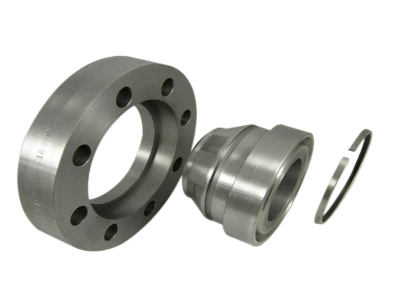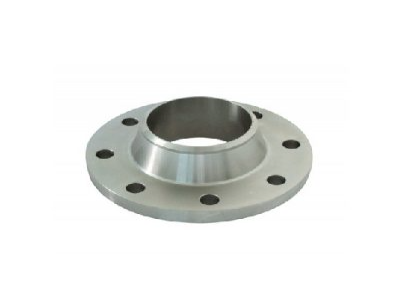What is Inconel 625 ?
Inconel 625 (UNS N06625) is an austenitic superheat alloy with nickel as its main component. It has excellent oxidation and corrosion resistance properties and can be applied to many areas including jet engine environment, aviation and chemical processing. Under the temperature of -1093 Celsius Degree, it will show an exceptional fatigue resistance.
The intensity of Alloy 625 is from the reinforced effect of molybdenum and niobium solid solution in Ni-Cr alloy. These elements also give this alloy the ability to resist the corrosion. Although the alloy is designed for high-temperature environment, its high alloy combination also brings high resistance to general corrosion as well as extensive oxidized and non-oxidized environments. The content of chromium and molybdenum makes the alloy have excellent properties of resisting corrosion spots caused by chloride ions, and the high content of nickel enhances the resistance of the alloy to chloride stress corrosion cracking.
Alloy 625 can be produced through vacuum magnetic induction melting or by argon oxygen decarbonization (AOD). The consumable electrode resolution method can be used for further refinery.
This material is highly formable and is easier to be welded than many nickel-based alloys. The alloy is resistant to intergranular corrosion even under welding conditions.

Standard:
ASTM………………SB 443, SB 444, SB 564
AMS ……………….5599
Chemical Analysis (Resistant to Corrosion and Oxidization):
High content of chromium and molybdenum provides this alloy a high resistance to pitting and fission corrosion. And it is also resistant to the chloride-contaminated media such as seawater, neutral salts and brine.
Formability:
Alloy 625 can be processed as standard austenitic stainless steels do. However, this alloy is more solid than conventional austenitic stainless steels. Therefore, it requires a higher load to deform it. When in cold forming, the alloy harnesses faster than austenitic stainless steels. If deformation covers large areas, there may require intermediate annealing due to its high initial strength and fast work hardening rate.
Welding:
Alloy 625 can be directly treated by the same traditional procedures as austenitic stainless steels, including welding and resistance methods. Before welding, the material shall be completely out of dirt and fully cleaned under annealing conditions, and there is no need to do it after preheat treatment and welding, to maintain or restore the corrosion resistance of the alloy.
What We Do of Inconel 625
Pipe and Tubes
Fittings
Flanges
Bars
Application:
Off-Shore service;
Aerospace Vehicle Components;
Chemical Processing Equipment;
Nuclear Water Reaction Component


